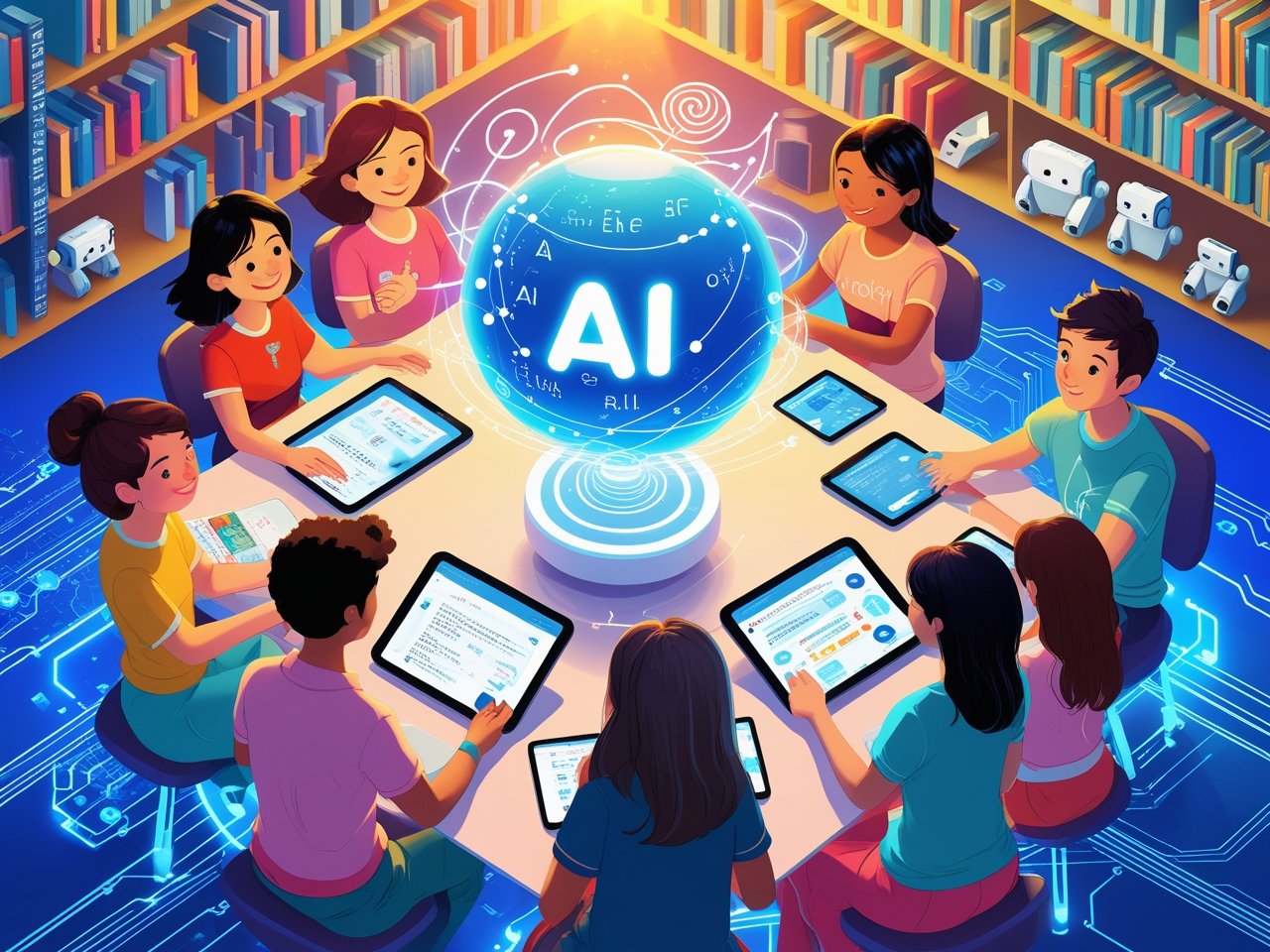Artificial Intelligence is revolutionizing numerous fields, and training is not any exception. Among its many applications, language mastering stands proud as a place wherein AI has shown great ability. By leveraging AI-driven equipment, college students and educators alike are experiencing transformative changes in how languages are taught and learned. In this article, we’ll explore the energy of AI in language getting to know, its advantages, impact on educational effects, and the demanding situations that lie beforehand.
Benefits of AI in Language Learning
- Personalized Learning Paths: AI-powered platforms adapt to person beginners’ desires, making sure a custom designed mastering experience. Tools like Duolingo and Babbel use machine algorithms to evaluate a learner’s skillability, strengths, and weaknesses. Based on this statistics, they create tailor-made lesson plans that fit the person’s pace and dreams, enhancing engagement and retention.
- Instant Feedback: AI gives immediate corrections and remarks on grammar, pronunciation, and vocabulary. For example, gear like Grammarly and Elsa Speak examine consumer inputs and provide guidelines in actual-time, supporting inexperienced persons improve accuracy and self assurance.
- Access to Conversational Practice: One of the largest demanding situations in language mastering is practicing talking talents. AI-powered chatbots and virtual tutors simulate actual-lifestyles conversations, allowing freshmen to exercise talking and listening in a secure, strain-loose environment. Apps like Mondly and Rosetta Stone rent conversational AI to imitate human interactions, fostering fluency and comprehension.
- Breaking Language Barriers: AI-driven translation tools like Google Translate and Microsoft Translator bridge gaps among languages, making resources to be had to novices globally. This democratizes get entry to to excellent language education, specifically in underserved areas.
Impact on Educational Outcomes
AI is reshaping language schooling, making it extra green and effective:
Enhanced Engagement
Gamified AI structures make learning interactive and amusing. Features like streaks, leaderboards, and badges inspire rookies to stay steady, main to better outcomes.
Improved Teacher Productivity
AI assists educators by means of automating repetitive duties including grading assignments and monitoring progress. This permits teachers to cognizance on customized guidance and innovative lesson planning.
Scalability
AI permits educational institutions to reach more students concurrently. Virtual lecture rooms powered by AI make certain nice language coaching irrespective of elegance length, addressing the challenges of overcrowded lecture rooms.
Real-World Applications
The integration of AI in language mastering is already generating first-rate effects across special structures:
- Lingvist: Uses AI to investigate how beginners hold words, supplying a personalized vocabulary-constructing experience.
- ITalki: Combines AI with live tutors to beautify language practice sessions.
- Preply: Leverages AI to suit college students with suitable tutors based on alternatives and mastering dreams.
These systems exemplify how AI is developing revolutionary answers in language training.
Challenges in AI-Driven Language Learning
Despite its advantages, the adoption of AI in language mastering faces numerous hurdles:
- Data Privacy Concerns: AI structures rely closely on person statistics to characteristic efficiently. Ensuring the security and privacy of this statistics is crucial, mainly when handling minors.
- Lack of Human Connection: While AI offers performance, it can’t replicate the empathy and cultural insights supplied by means of human teachers. Over-reliance on AI can also cause a loss of nuanced studying reviews.
- Accessibility Gaps: Although AI is democratizing education, technological infrastructure and affordability remain boundaries for plenty beginners in developing areas.
- Ethical Considerations: AI algorithms might also inadvertently strengthen biases found in training records. Ensuring fairness and inclusivity in language training systems is essential.
Future Implications
The destiny of AI in language studying is brimming with possibilities:
Augmented Reality (AR) Integration: AI blended with AR could provide immersive language reports, which include practicing conversations in virtual cultural settings.
Real-Time Language Coaching: AI could offer instantaneous comments at some stage in live conversations, acting as a non-public train.
Advanced Speech Recognition: Continued advancements in speech popularity will similarly enhance pronunciation and fluency.
Inclusivity in Education: AI gear may be developed to cater to inexperienced persons with disabilities, making language training handy to all.
The electricity of AI in language mastering lies in its potential to customize, interact, and democratize schooling. By addressing person learner desires, enhancing accessibility, and improving teaching methodologies, AI is paving the way for a future wherein language mastering will become greater green and inclusive.
However, balancing technological improvements with ethical issues and human interplay could be key to understanding its complete ability.







